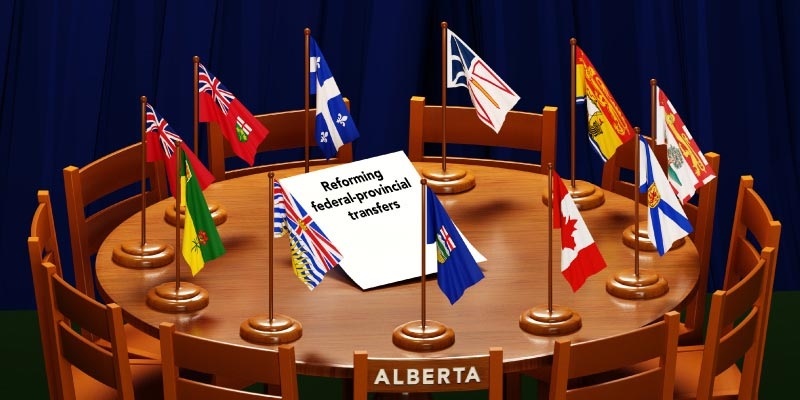Refining Alberta’s Equalization Gambit
— Published on January 28, 2020

Main Conclusions
- Jason Kenney’s threat to seek the removal of equalization from the constitution is designed less to secure its stated purpose than to shine the beam of nationally prominent negotiations on Alberta’s broader fight against the ways in which governments who benefit through fiscal federalism from Alberta’s resources obstruct the transport and sale of those resources.
- Kenney rightly thinks the “duty to negotiate” declared by the Supreme Court in the 1998 Secession Reference will bring reluctant governments to the table, but he wrongly relies on a provincial equalization referendum to trigger that duty.
- The Secession Reference is most plausibly—and most widely—read to give referendums the independent power to trigger the duty to negotiate only when the question concerns secession.
- But the Court provides an alternative trigger for the duty to negotiate, one that applies to any amendment initiated in the manner prescribed by the Constitution Act, 1982—that is, by legislative resolution.
- An equalization resolution by Alberta’s legislative assembly would unambiguously impose the duty to negotiate.
- Kenney must still hold his referendum—Alberta’s Constitutional Referendum Act requires one “before a resolution authorizing an amendment to the Constitution of Canada is voted on by the Legislative Assembly”—but it is the resolution, not the referendum, that triggers the duty to negotiate.
Author:
More from this study
Subscribe to the Fraser Institute
Get the latest news from the Fraser Institute on the latest research studies, news and events.


